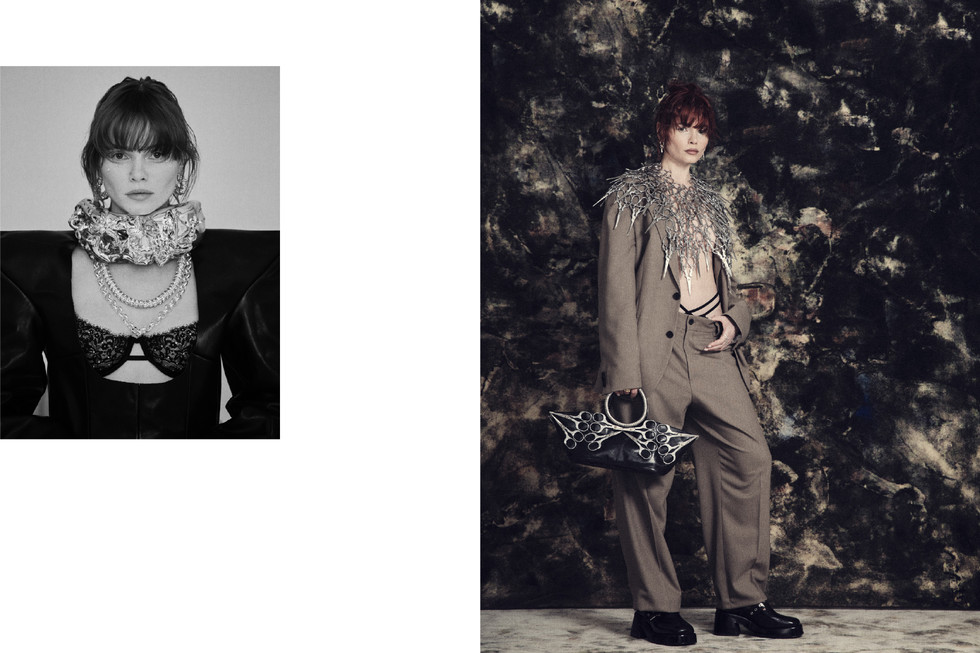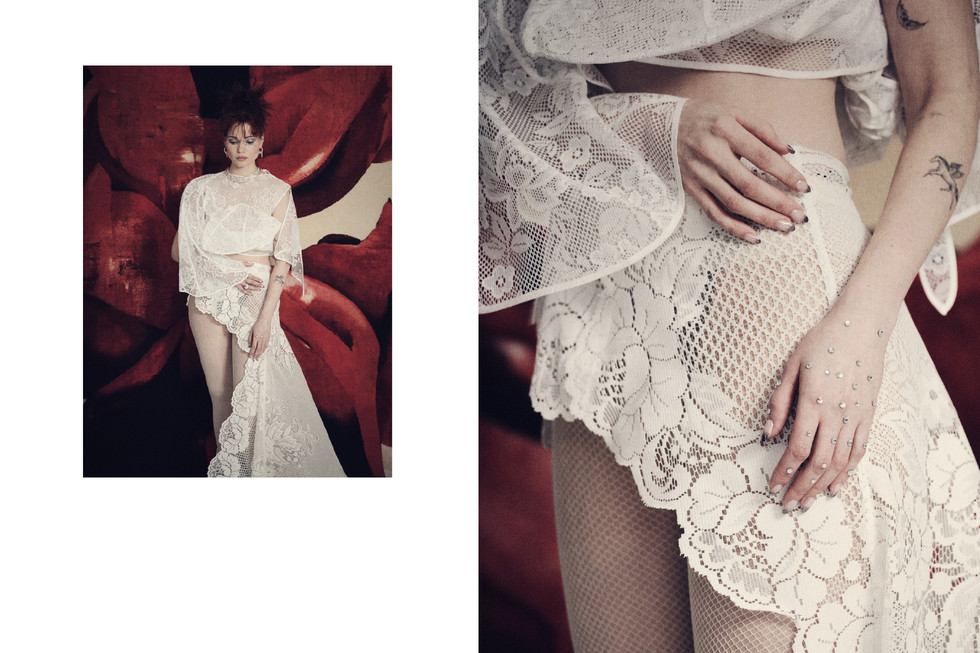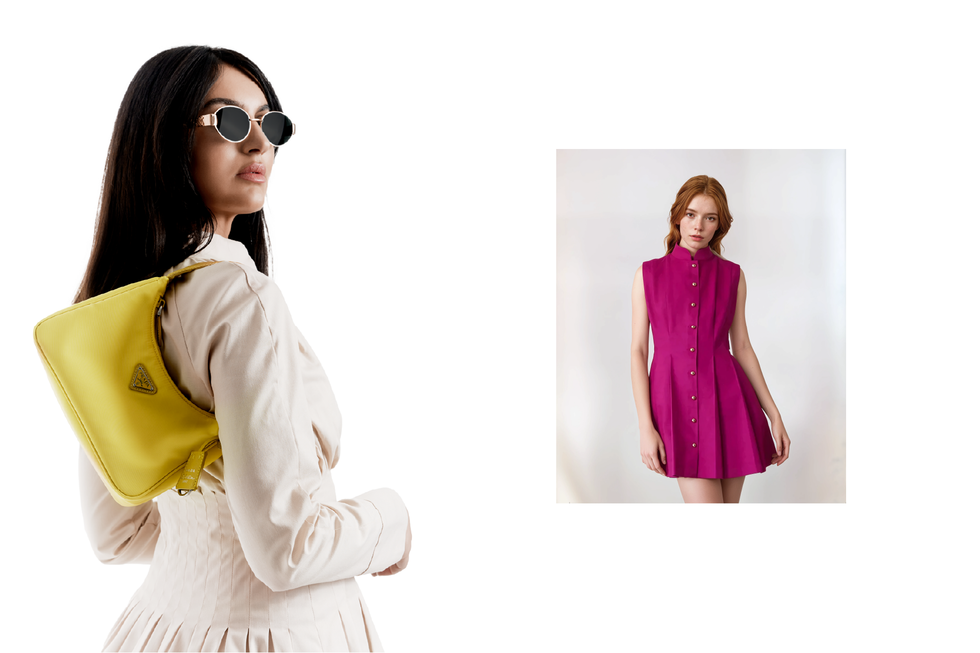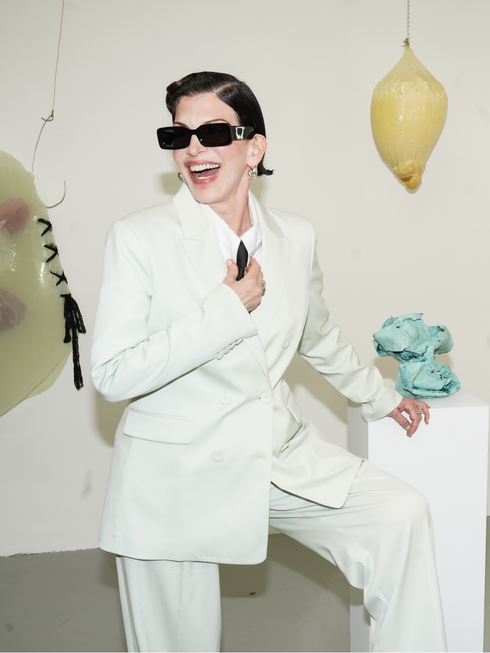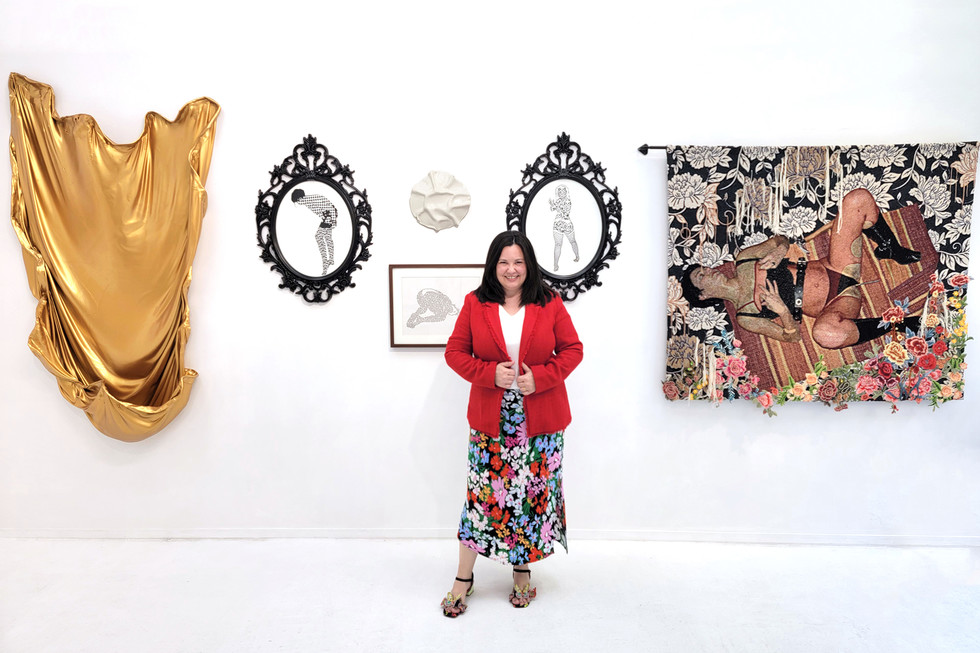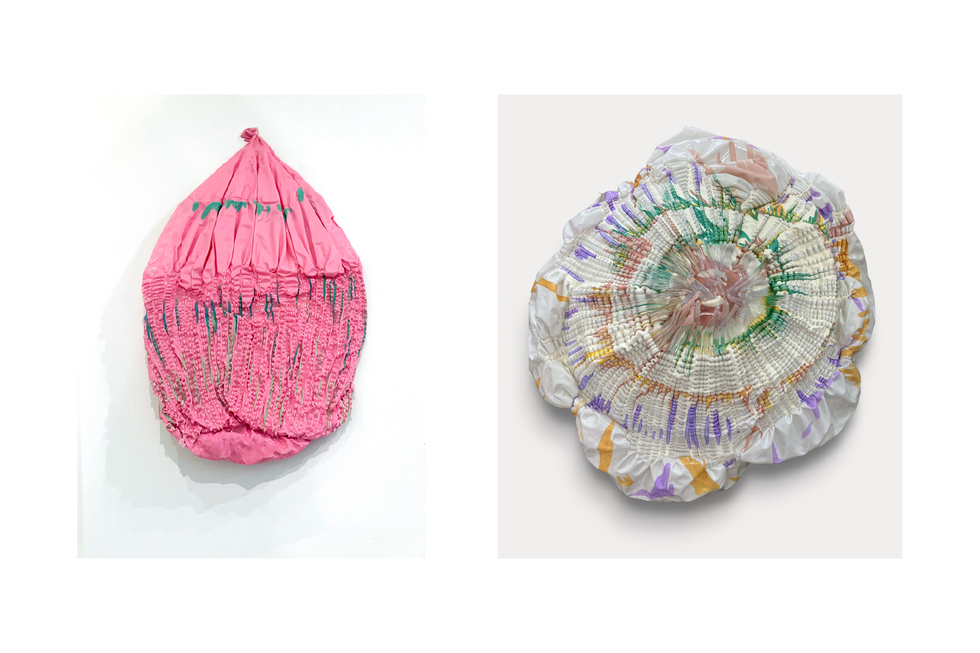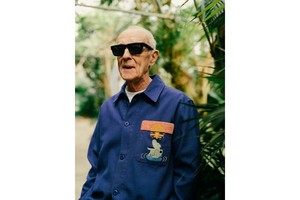King, an Interview With Winona Oak
Written by Natalia Muntean by Zohra VanlerbergheWinona Oak’s journey is touched by alchemy. The 30-year-old artist has taken grief, loss, self-doubt, and the pain of her childhood and transformed them into music. Through some kind of alchemy, she has turned her darkest moments into something luminous - songs that resonate with raw emotion and unflinching honesty. “Maybe water,” she says when I ask which one of the four elements would describe her career. “Because I feel like it’s just like the waves. It’s been such a journey: big waves, all the different styles I’ve been exploring. My career has been a lot like waves, too. Up and down, up and down. It’s like life itself. It takes time to grow, to find your path, and to be true to yourself.”
From the Island of the Sun to the world
Winona’s story begins on Sollerön, a small island in the Nordic forests of Sweden known as the “Island of the Sun.” Growing up surrounded by forests, animals, and the echoes of her grandmother’s unfulfilled dreams, Winona found solace in the simplicity of rural life. “Being around animals was my safe space,” she recalls. “We had five horses, lots of dogs, and even a rescued crow that would sit on my shoulder. I didn’t have to think about how I looked or what anyone thought of me. The horse would love me either way, even if I looked like a troll.”
Her grandmother, a gifted singer who performed in the Swedish Royal Opera, became a source of inspiration. “She had this big personality, this joy for life,” Winona says. “She encouraged me to sing, to write, to dream.” From the age of five, Winona was crafting songs, mostly about animals, and finding her voice in the stillness of the countryside. By nine, she was playing the violin and piano. “It was a wonderful childhood,” she reflects. “It taught me to appreciate the quiet moments, to find beauty in the small things.”
But Winona’s dreams stretched far beyond the island. After moving to Stockholm to pursue her passion for music, she took a leap of faith in 2017, attending Neon Gold Records’ writing retreat in the Nicaraguan jungle. It was there she connected with Australian electronic maestro What So Not, co-writing his next two singles, Better and Stuck In Orbit. By 2018, she stepped into the spotlight as both the writer and featured artist on his single Beautiful. That same year, her career reached a pivotal moment when she co-wrote and featured on The Chainsmokers’ hit single Hope. The track became a global success, catapulting her into the spotlight and introducing her voice to millions. “It was surreal,” she recalls. “I went from being a relatively unknown artist to performing in front of massive crowds almost overnight. But it also taught me that success isn’t linear - it’s a journey with ups and downs, and you have to keep growing.”
Music as a lifeline
In 2022, Winona experienced the most profound loss - the death of her mother. It was a loss that shattered her world and reshaped her as both a person and an artist. “She was my person, my best friend, my source of love and guidance,” she says, her voice softening. “I always turned to her for reassurance. Losing her felt like losing a part of myself. There’s me before, and then there’s this different version after.”
Writing about her loss became a way to process the pain. “Music saved me in ways I didn’t know it could. It became the only thing I truly wanted to do. I wrote With or Without You after she passed away, and when I performed it live, people who had lost loved ones came up to me,” she says. “They related to it so deeply. It felt like we were sharing the pain. That’s the beauty of music - it connects us.”
The experience transformed her perspective on life and art. “It made me realise how fragile everything is,” she says. “You can lose your world in a second, but it also made me braver. I take more risks now because I only have this one life. I'm less focused on rules and more willing to be vulnerable. The worst has already happened, and grief forces you to evolve.”
The many faces of an artist
Winona Oak. Oaks. Johanna. They are all her, yet each serves a different purpose. Winona’s artistry is constantly evolving. While her work as Winona Oak is introspective and intimate, her new project, Oaks, explores the world of dance music, it’s her new electronic alter ego. “It’s a way to take all the pain and dilute it, like putting milk in coffee,” she explains. “You can cry, but you also want to dance.”
This duality reflects her own complexity. “Winona is fragile, introspective,” she says. “Oaks is darker, more avant-garde. It’s like this club version of me.” For Winona, the separation is essential. “I didn’t want to confuse people or mess with the music algorithms,” she says with a laugh. “But really, it’s about giving myself the freedom to explore both sides of who I am.”
“I’m never satisfied,” she admits. “I always want to develop myself, and my sound, and try new things, new genres, and mix things. I never feel like it’s enough. I’m always on to the next thing.”
Winona’s relationship with her fans is deeply meaningful to her, and she often receives messages from people who connect with her music on a profound level. “I’ve had people tell me my music saved their life,” she says. “That’s overwhelming, but it’s also beautiful. It’s why I do this - to make people feel seen. When I perform live and someone knows the lyrics, when they sing along, that’s when I know I’ve touched someone.”
“I write to survive. If I didn’t do it, I’d go insane.”
Her latest EP, Salt, was released in February, and with it, Winona Oak is stepping into a new chapter - one defined by growth, resilience, and a deeper understanding of herself. “This album is a culmination of everything I’ve been through,” she says. “It’s heavy, it’s raw, but it’s also empowering. I hope it helps people feel less alone.”
Through her lyrics, she transforms pain into power, offering a lifeline to those who find solace in her words. “I write to survive,” she says. “If I didn’t do it, I’d go insane.” Winona’s approach to writing music is deeply personal and collaborative. She often spends time talking with producers and songwriters before diving into a session, creating a space for emotional honesty and connection. “It’s like therapy sessions. A lot of the people I write with are close friends, or they become close friends. Writing music is one of the most intimate things you can share with someone. Music takes you to places you can’t get elsewhere. It’s like your souls are intertwined, and you have to travel there together,” she says.
I Broke Me First is one of Winona Oak’s most personal and empowering tracks. Written with a mix of vulnerability and defiance, the song explores the idea of reclaiming power after heartbreak. “It’s about saying, ‘Oh, you think you can hurt me? I’ve already hurt myself worse,’” she explains. “I’ve been through so much, breaking myself down to the point where no one else can hurt me as badly. It’s about taking control of that experience.” The track’s raw honesty and bittersweet energy resonate deeply with listeners, offering a cathartic release for anyone who has ever felt broken. “You can cry, but you also want to dance,” she says, reflecting on the song’s emotional duality.
Looking ahead, Winona is focused on balance - between her music and her mental health, between her introspective ballads and her dance-floor anthems. “I want to do more live shows, release more music, and keep growing,” she says. “But I also want to take care of myself. I’m learning to set boundaries, to say no, to prioritize what I need.”
For Winona, the future is about embracing the unpredictable. “I used to always be ten steps ahead, but now I’m trying to live in the moment,” she reflects. “I’m not as fragile anymore. I’ve been through hard stuff, and I know I can handle whatever comes next.” With her Oaks project on the horizon and a newfound sense of bravery, Winona Oak is ready to take on the world. One song at a time.
“Music is my big love,” she says. “It’s what I live for.”



